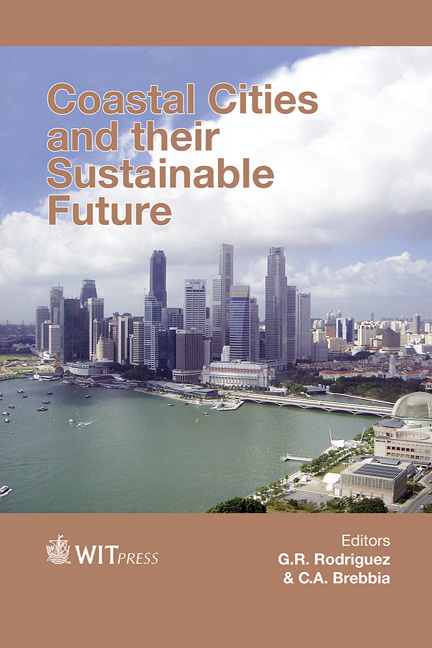Model Analysis Of A Declining Coastal Tourist Resort: The Case Of Avinguda Carles Buigas In Salou, Costa Dorada – Opportunities For Regeneration
Price
Free (open access)
Transaction
Volume
148
Pages
12
Page Range
163 - 174
Published
2015
Size
1,577 kb
Paper DOI
10.2495/CC150141
Copyright
WIT Press
Author(s)
N. Salvadó, I. De Rivera, T. Salvadó, D. Lorenzo
Abstract
Salou is a highly specialized tourist resort on the Spanish Mediterranean Coast, located a hundred kilometres south of Barcelona. Within its narrow boundaries of 1.481 ha, Salou hosts 7.4 million overnight stays per year and is home to 52 hotels. Our case study, the area of Avinguda Carles Buigas (CB), which is today the heart of the tourism and leisure industry in the municipality of Salou, was developed during the sixties and seventies as a result of the increasing demand for sun and beach destinations among the European and Spanish middle class. Its hotel density is significant, accounting for 28 out of the total of 52 in the town. Forty years on, the site requires some review due to evidence of urban degradation. Initial analysis has focused on three areas: common space, hotel facilities, and commercial and leisure activities. The results have shown a lack of public and private investment within the area, and a risk of obsolescence of the urban and tourism model. The hotel facilities have not been redeveloped or renovated since their initial development, other than essential maintenance work. Moreover, commercial activities have grown out of control as a result of an increasing demand for specialized leisure and night activities.
Keywords
coastal tourism, urban regeneration, tourism specialization, urban decay, public space quality, hotel improvements, planning, commercial specialization, administrative capacity, urban strategy





